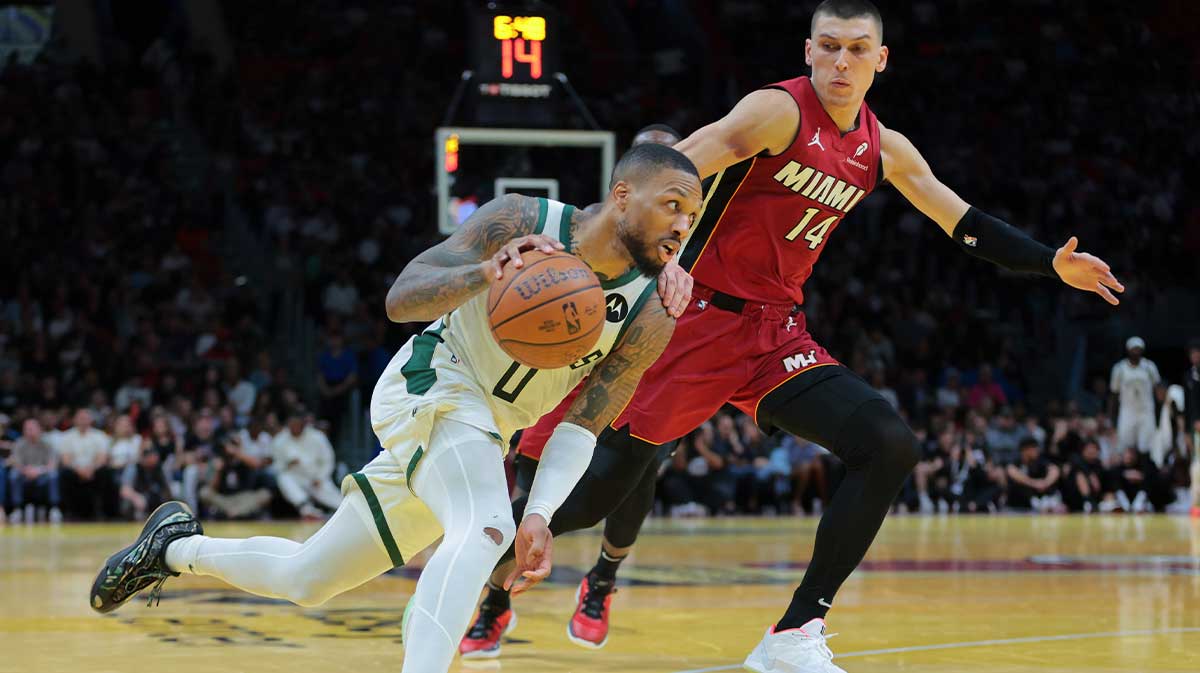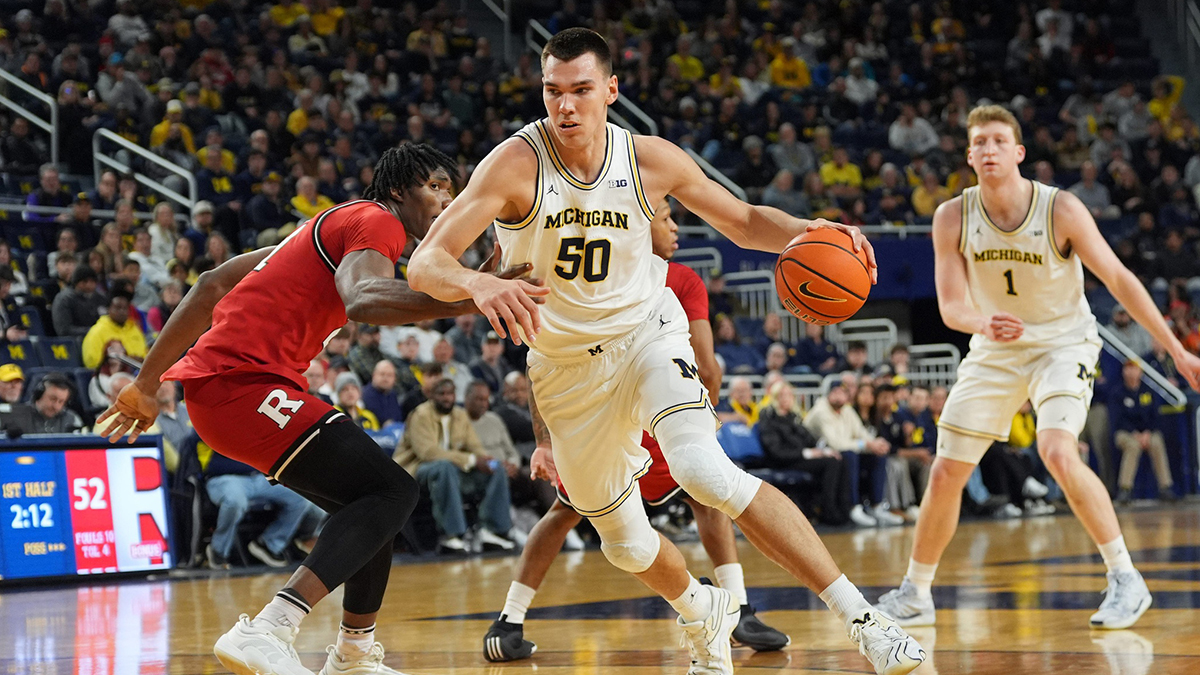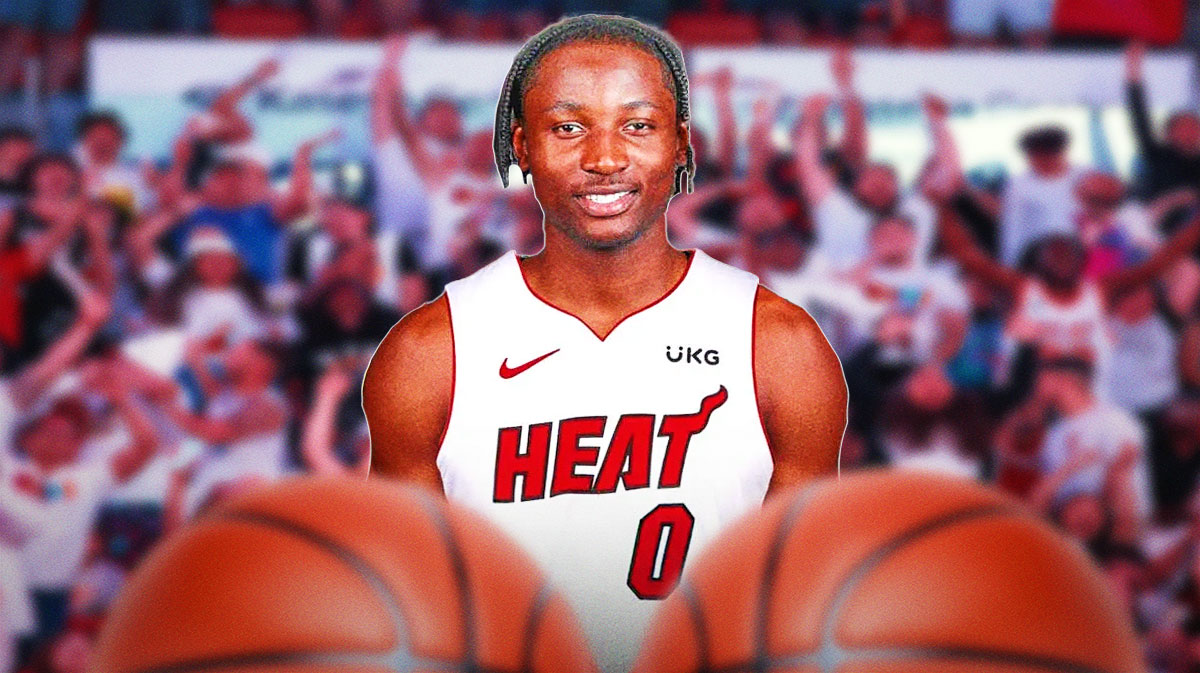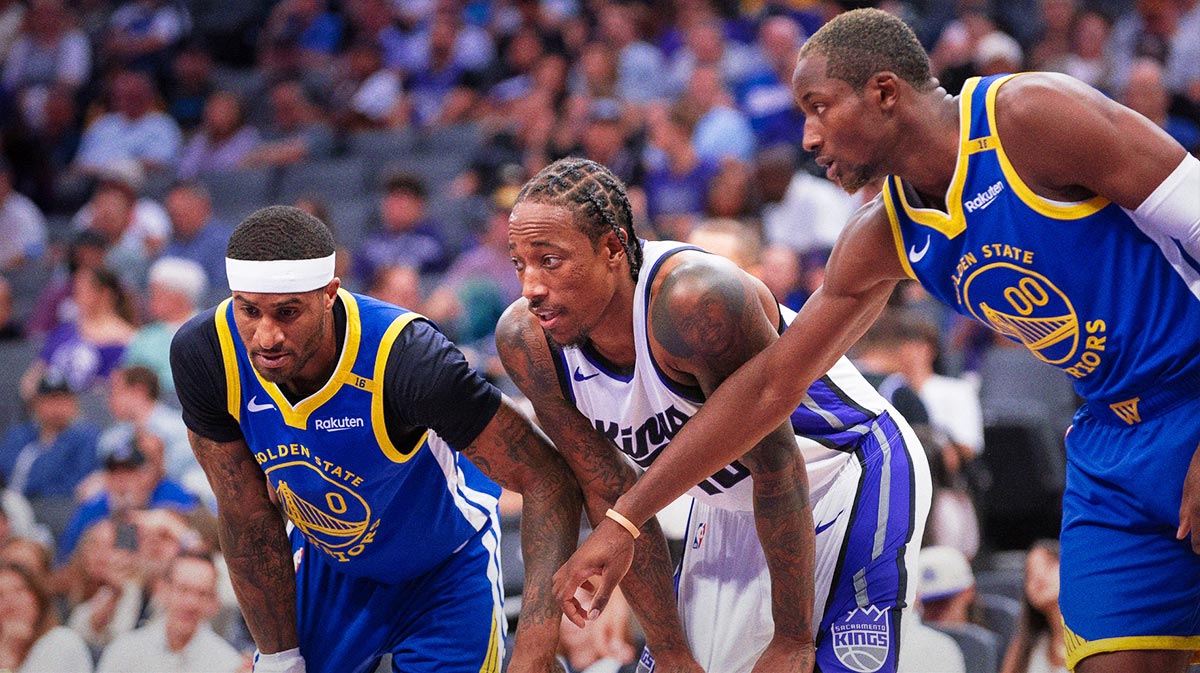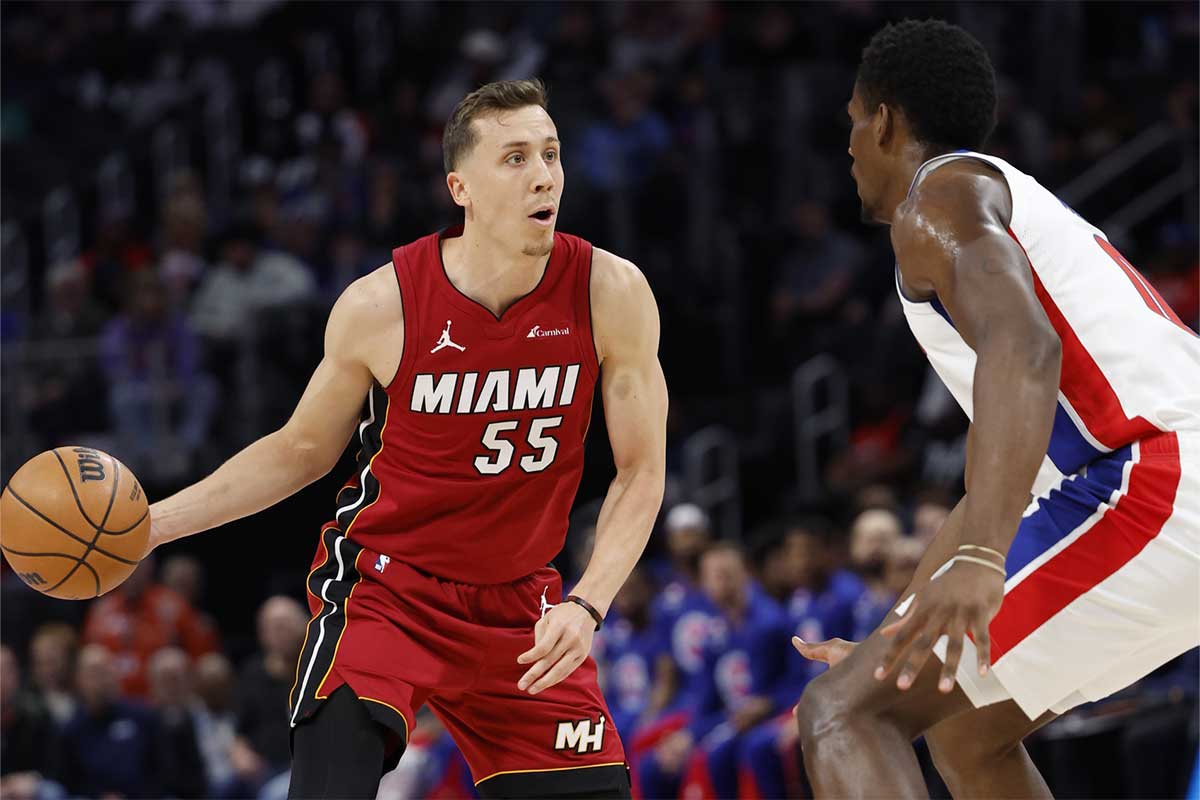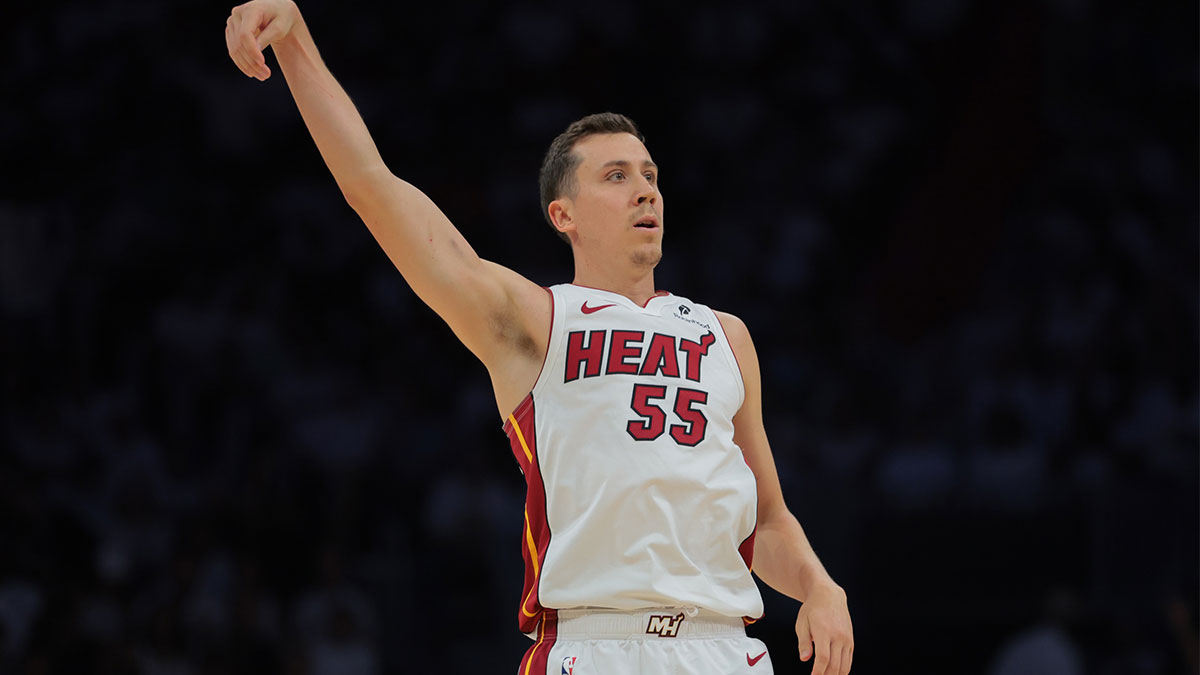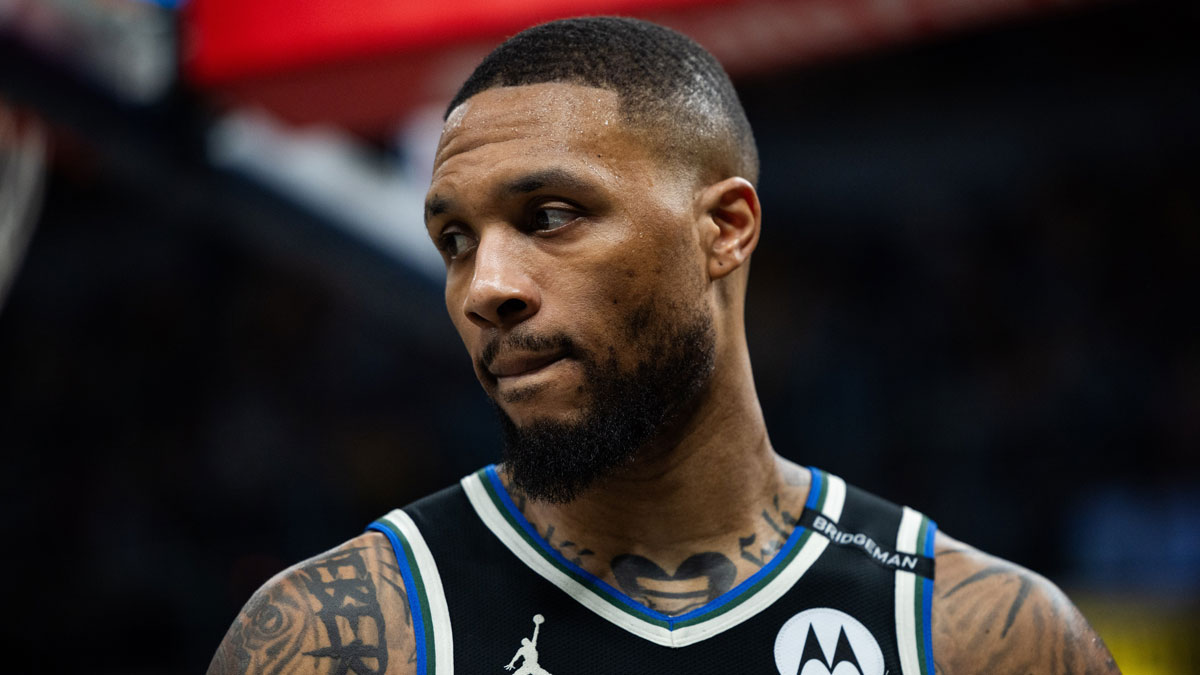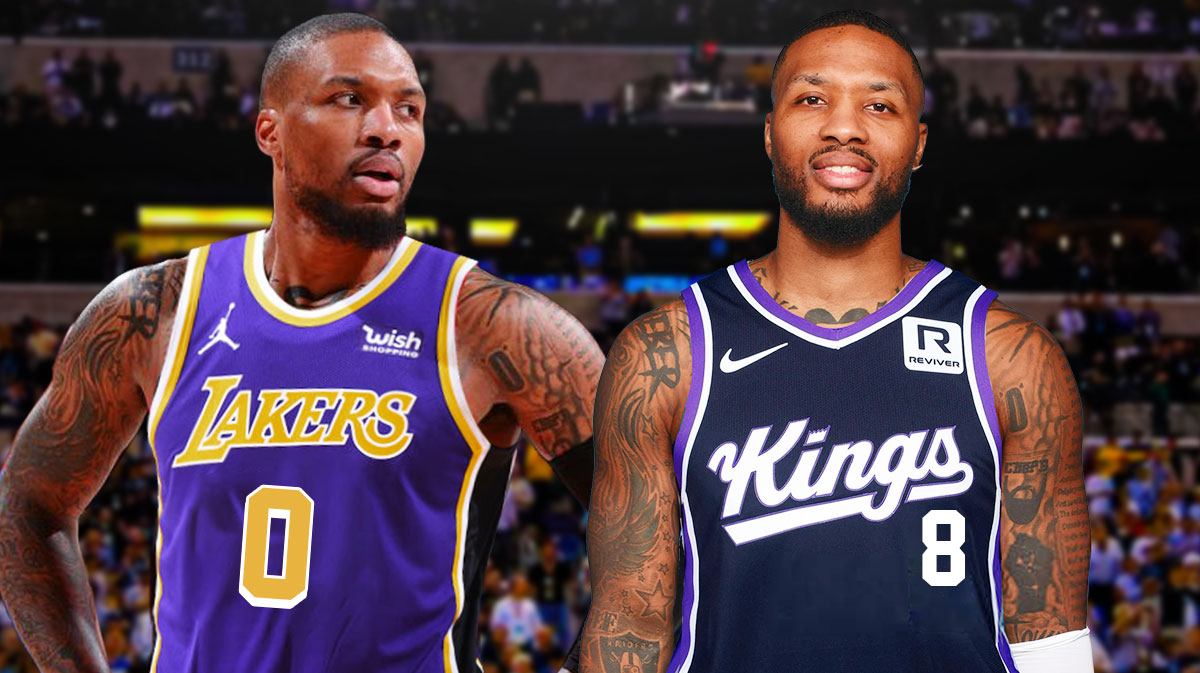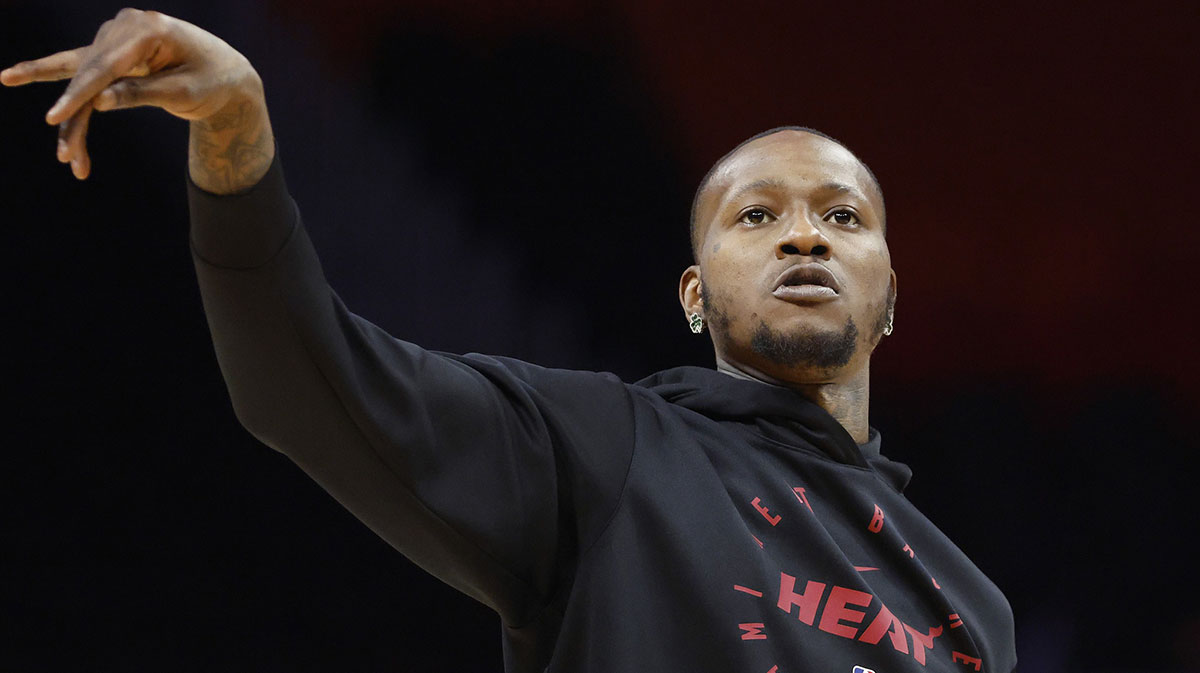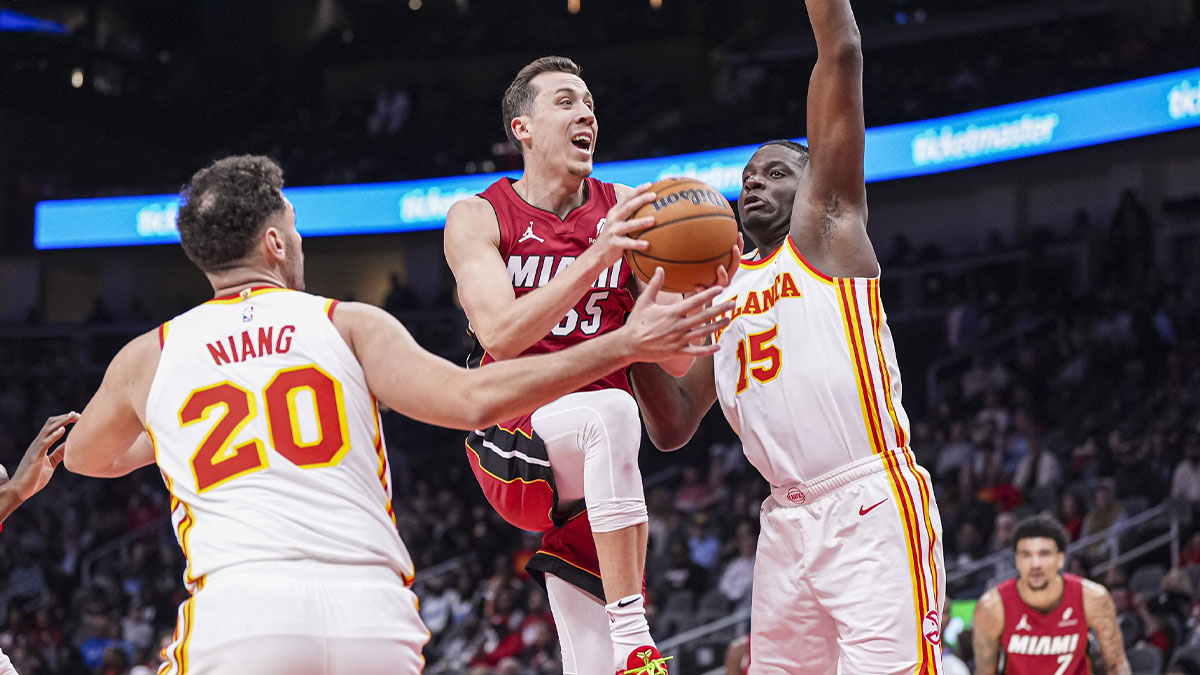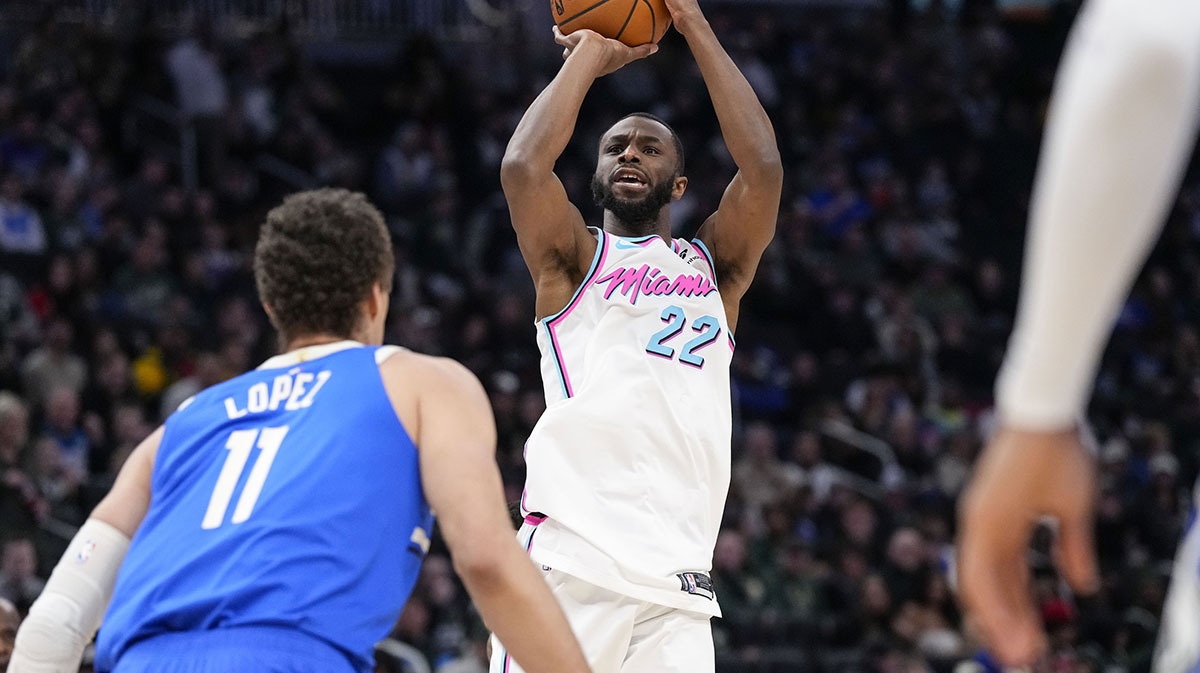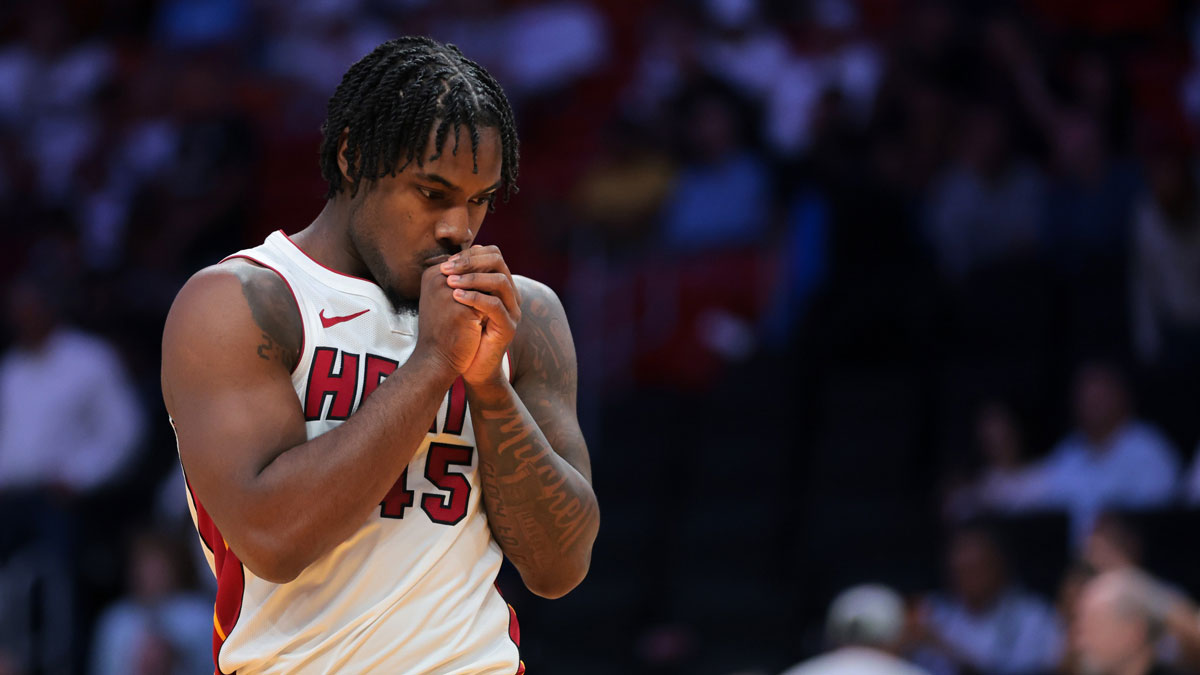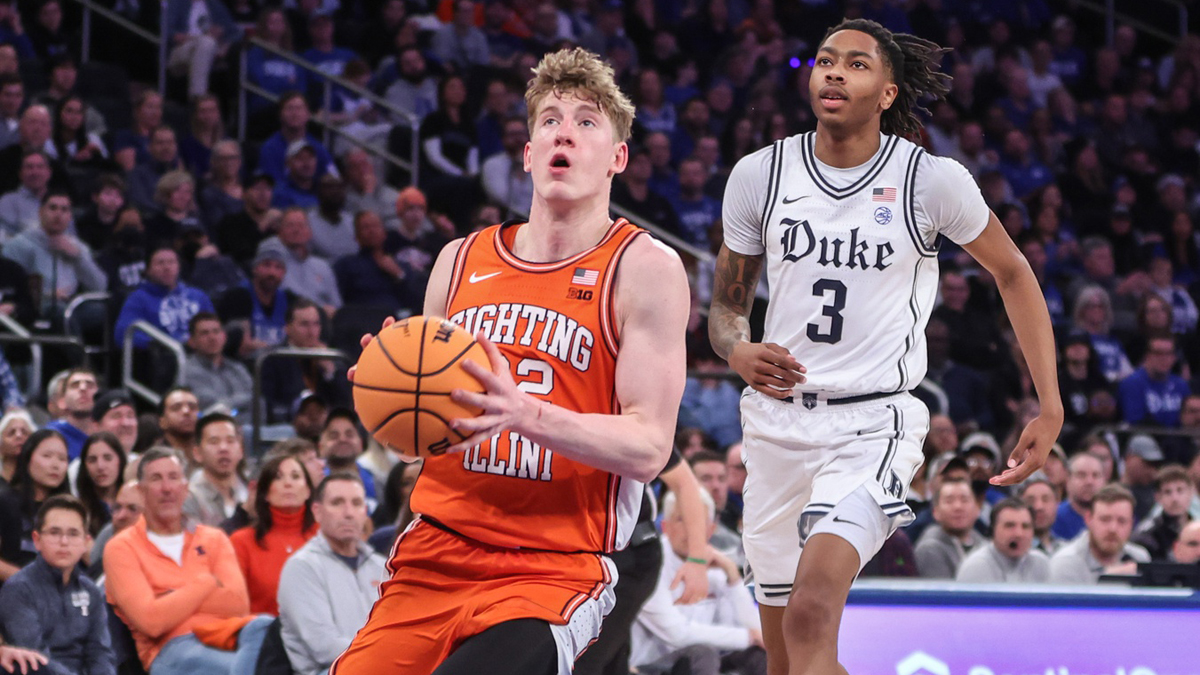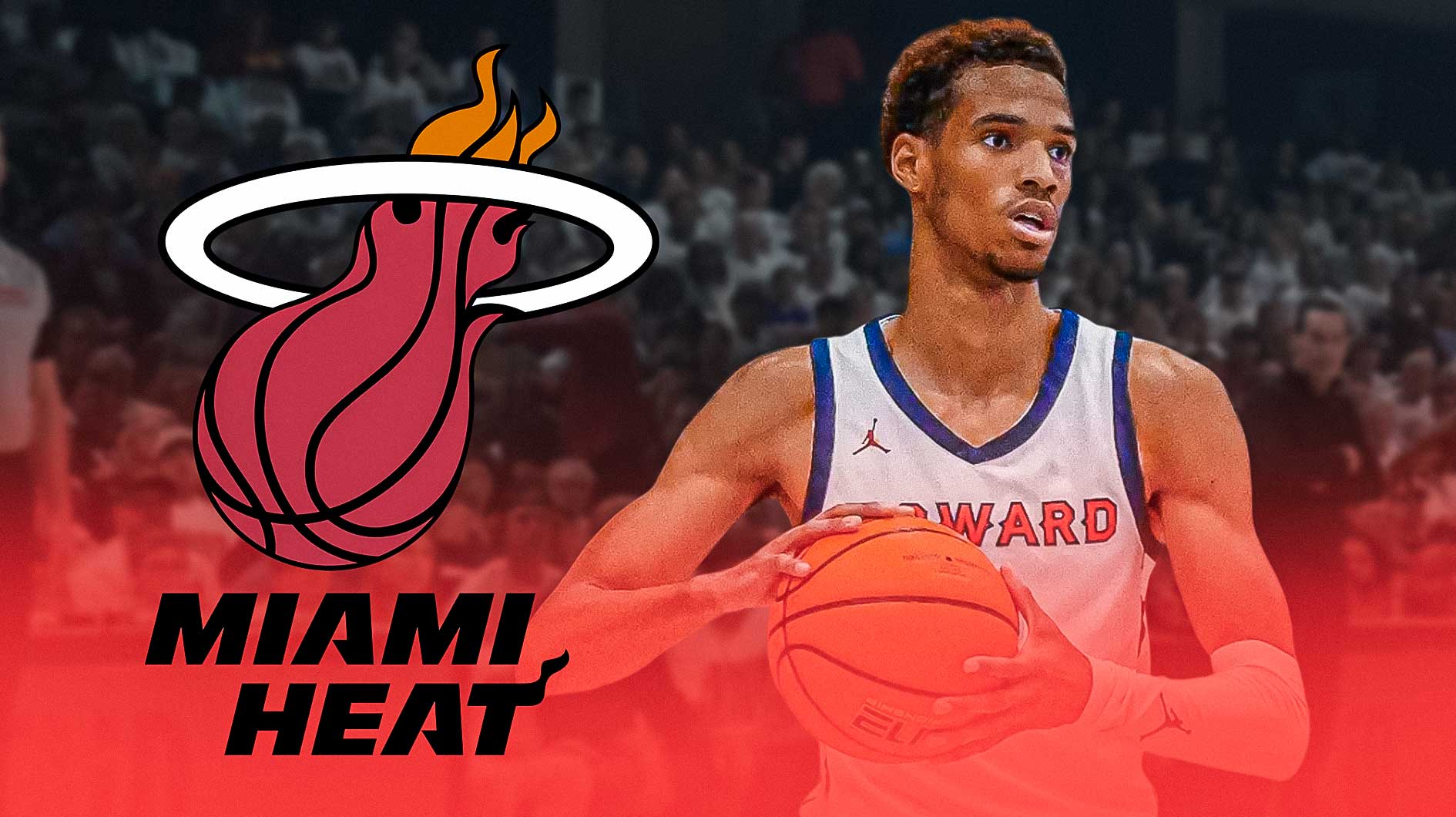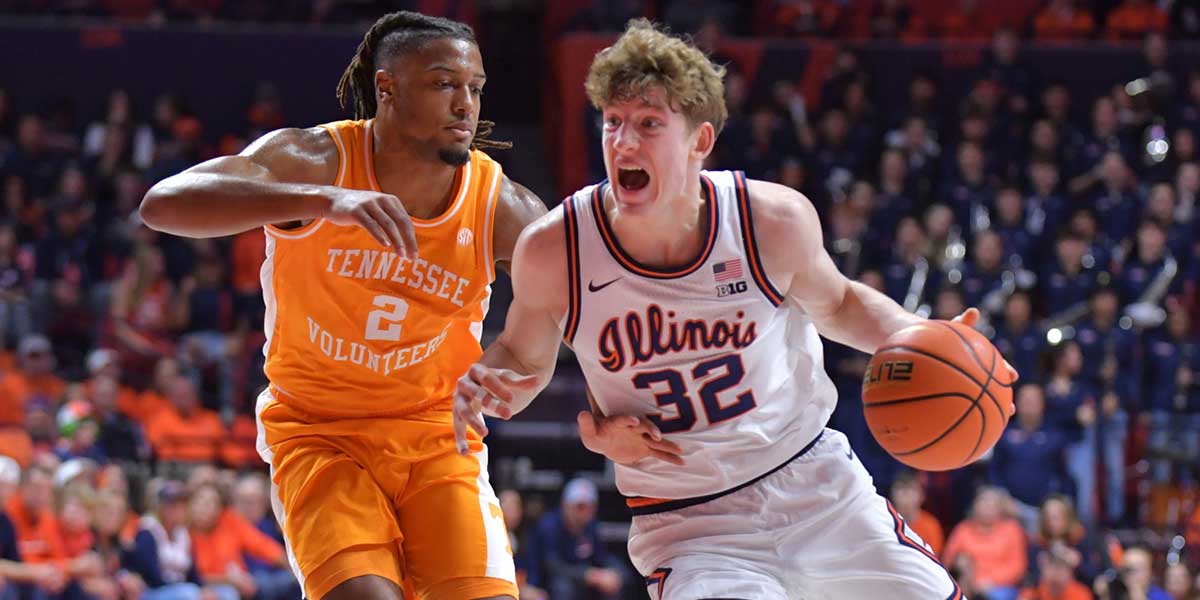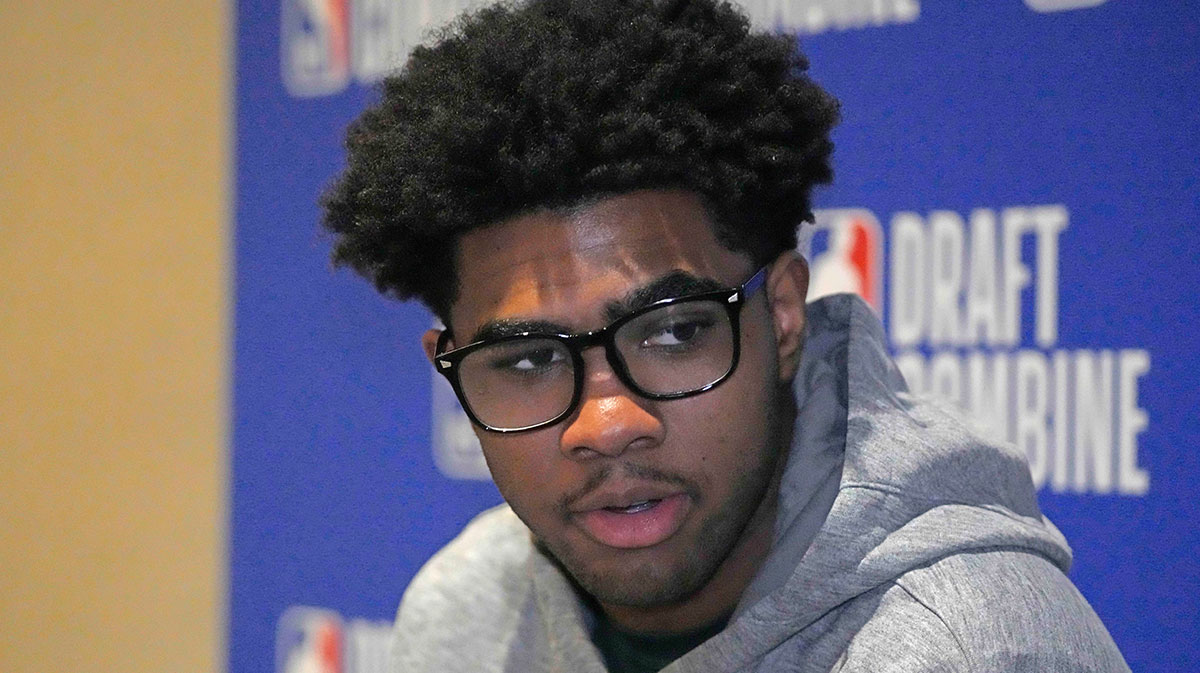Paul Pierce was not a better player than Dwyane Wade. The reaction from a vocal, overwhelming majority to his insistence otherwise on ESPN's NBA Countdown last week made that much clear, but anyone who watched the NBA in the 2000s didn't need such a swift rebuke of Pierce's comments to know just how misguided they really were.
Wade, remember, had a legitimate argument as the best player in the world before LeBron James took his talents to South Beach in the summer of 2010. As a third-year pro in 2006, he led the Miami Heat to the Larry O'Brien Trophy with one of the most dominant performance in NBA Finals history, averaging 34.7 points, 7.8 rebounds, 3.8 assists, and 2.7 steals per game with a solid true shooting percentage of 57.2. Two years later, after successive campaigns beset by shoulder and knee injuries, an extra motivated Wade re-staked his claim as one of the game's up-and-coming all-timers with the finest season of his Hall-of-Fame career.
In 2008-09, he averaged 30.2 points, 5.0 rebounds, 7.5 assists, 2.2 steals, and 1.3 blocks per game, leading a woefully undermanned Heat team to the playoffs. Wade finished third in MVP voting behind James and Kobe Bryant, and was named First Team All-NBA and Second Team All-Defense. At the time, he was the only guard in league history to post a season with a true shooting percentage better than 57.0 and a usage rate above 35.0, per basketball-reference. In the 2010 playoffs, still near the top of his game, Wade was something close to unstoppable against Pierce's Boston Celtics, putting up 33.2 points, 5.6 rebounds, 6.8 assists, 1.6 steals, and 1.6 blocks per game on wild 56.4 percent field goal shooting in a five-game loss to the eventual Eastern Conference champions.
Wade never quite reached those esteemed levels of play again — the type that made it seem plausible he wasn't just the best two-way player on earth, but also the second-best shooting guard in league history. James' arrival in Miami coincided with further wear and tear on his already balky knees, sapping Wade of the wholly unique and dynamic athleticism that first propelled him to stardom. He nevertheless played an integral role in the back-to-back championships won by the “Heatles,” especially in the 2012 Finals against the Oklahoma City Thunder.
The remainder of Wade's career, relatively successful as it's been given expectations of an aging, ball-dominant guard with waning athleticism and scant shooting range, will be a footnote to his legacy. With respect to the debate at hand, though, it bears mentioning that Wade, who turned 37 in January, was objectively more effective during his final years in the league than Pierce was his, when he could barely get off the bench for the Los Angeles Clippers. Even Pierce's underrated age-37 season, with the Washington Wizards, isn't objectively superior to Wade's “One Last Dance.”
That reality underscores the problem with the debate Pierce sparked in the first place: Comparing him to Wade, using both numbers and the eye, does undue disservice to a player who by any objective measure should still be considered among the best of his generation.
Pierce's prime, much like former teammate Kevin Garnett's, didn't come with the “Ubuntu” Celtics. He was already 30 years old when Garnett and Ray Allen came to town in 2007-08, on the downside of an athletic peak that always somewhat limited his ceiling. Pierce was no slouch athletically; his first step was lightning, and his balance and body control was rare for a player standing 6-foot-7 and 230-plus pounds. It will surprise those who missed much of Pierce's true heyday to learn that his free throw rate was once at a clip approaching James Harden's during his initial years with the Houston Rockets.
But Pierce never pressured defenses to the extent Wade did, in the half court nor transition, and wasn't close to as impactful defensively despite his size, quickness, and dogged disposition — a trait that, it should be noted, never materialized on any consistent basis until Garnett came to town.
Pierce, make no mistake, was a fantastic player. It's not like he lucked into 10 All-Star games and four All-NBA teams by accident. Pierce's surprising and mostly overlooked renaissance at the top of this decade, when he posted consecutive seasons with a true shooting percentage north of 61.0, marks a degree of post-prime success Wade never quite managed. But the fact that Pierce never made All-NBA First Team and just one All-NBA Second Team, coupled with his lone comparative trump card coming at a stage when both he and Wade were on the downside of their careers, is a tidy encapsulation of why his unnecessary claim of superiority falls short.
Wade belongs with playing peers like Jason Kidd, Garnett, Dirk Nowitzki, and Chris Paul as players who warrant consideration for the best at their respective positions and top-20 all-time. Pierce, obviously no slouch, sits a rung below those luminaries, with guys like Allen Iverson, Chris Webber, Tracy McGrady, and Vince Carter — historic superstars who left a lasting imprint on the game, but nevertheless don't deserve a true distinction of “all-time great.”
Unfortunately for Pierce, the hubris he put on display last week has made it easy to dismiss that fact in favor of discussion reflecting Wade's abject standing above him on the league's historical hierarchy. But in many ways, the attitude that sparked Pierce's comments is what drove him to Hall-of-Fame heights in the first place. Though the truth, or Pierce's version of it, can hurt, it's the policy that's always served him best.

